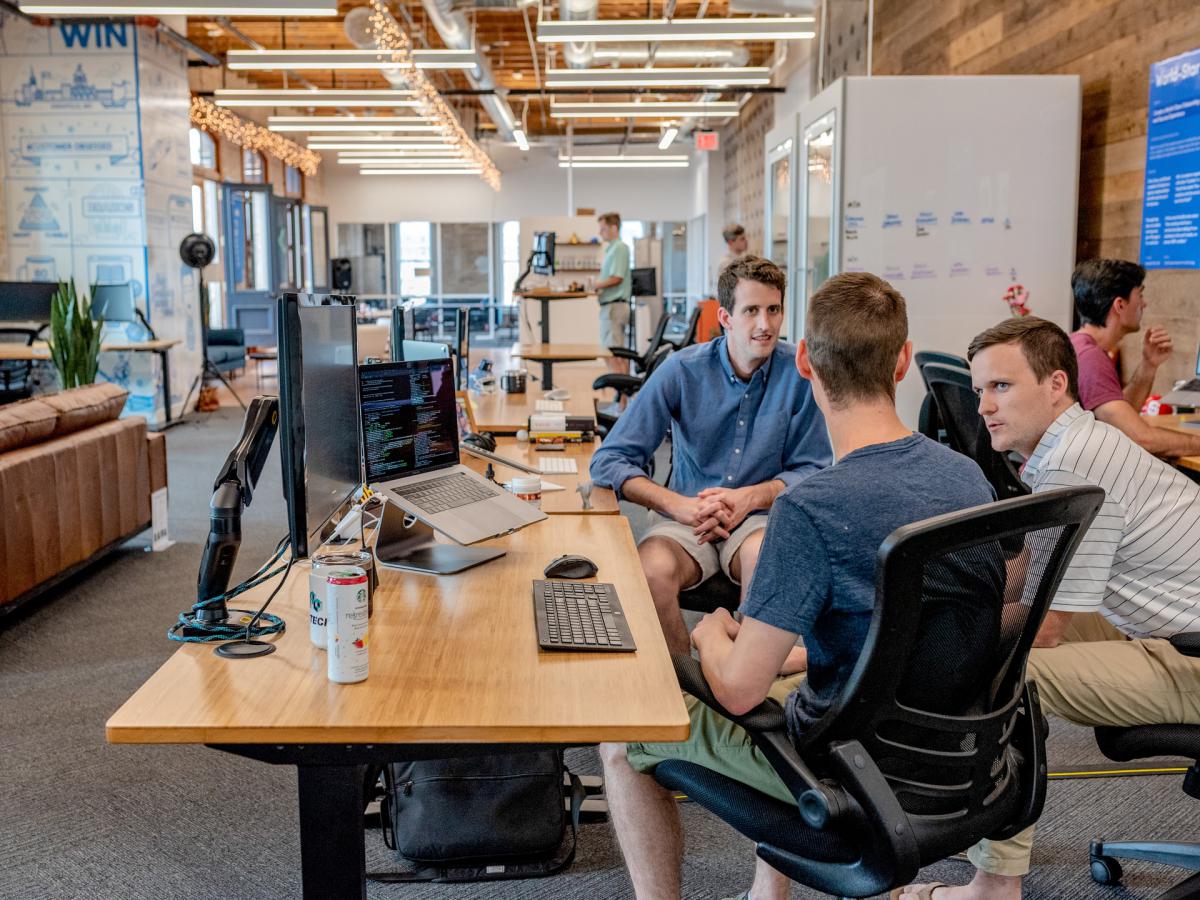What are science-based targets?
Science-based targets are used to accurately show a business how much (and how quickly) they need to reduce their greenhouse gas emissions, in order to prevent the worst effects of climate change.
The 2015 Paris Agreement commited world governments to keeping global temperature rise to under 2°C above pre-industrial levels. In 2018, the Intergovernmental Panel on Climate Change warned that global warming must not exceed 1.5°C to avoid the catastrophic impacts of climate change.
The Science-Based Targets Initiative (SBTi) is an organisation which facilitates calculations of greenhouse emissions using various models, helping organisations to ensure that they comply with science-based targets of 1.5°C.
SBTi offers calculation methods used to identify emissions against targets, such as the Greenhouse Gas Protocol. This forms part of the global aim to nearly eliminate emissions by 2050, to hit net zero.


